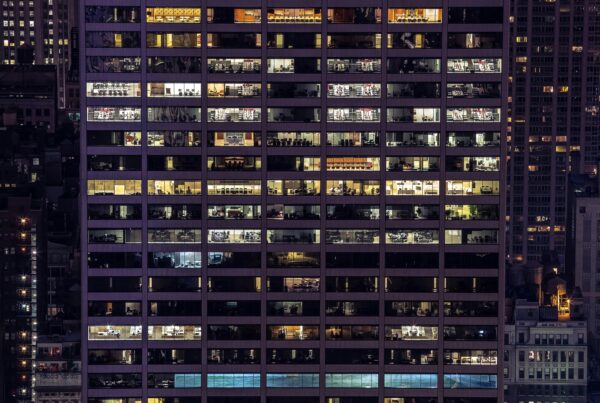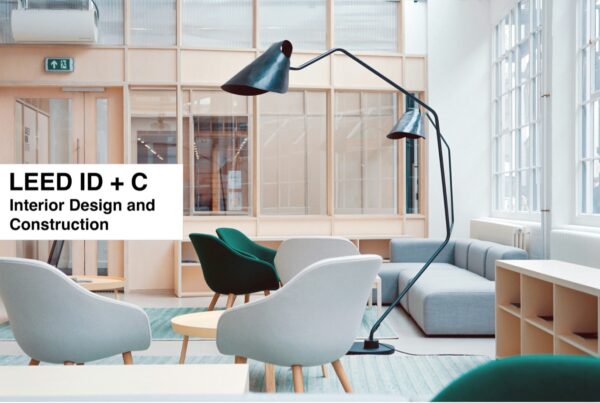You’re probably reading this because you’re interested in living as responsibly as you can. There’s so much we can do in so many areas of our lives that it can get overwhelming. Still, you have to start somewhere…let’s get you a green home!
The steps you’re going to take very much depend on your available resources and how much control you have over the dwelling itself. There are some fantastic design decisions that you can make if you’re building or renovating your (soon-to-be) green home that of course aren’t an option for others. Still, most things fall under one of the following basic principles:
- Reduce Waste
- Minimize Energy Usage
- Control Emissions
- Limit Consumption
Step 1: Stop Buying Bottled Water
A personal pet peeve of mine is when people with access to safe drinking water buy massive amounts of bottled water. Think of how much plastic that is over the course of a lifetime. It’s unnecessary. Using a filter and boiling your water is an easy way to improve taste and safety if you feel necessary.
Step 2: Update Your Water Fixtures
High efficiency faucets and fixtures are another way to save water – you will like the impact it has on your bills too.
Toilet cisterns with high and low volume flushes are something to consider if you’re renovating your bathroom.
Step 3: Check the Thermostat
You do not need it to be at 17 degrees C.
Indoor climate control is a HUGE drain on the energy grid in the hot months. You’re in a particularly tough spot if you live somewhere where every month is a hot month. Use fans, wear shorts, turn off the air conditioning when you’re out of the house.
Rely when you can on passive cooling and ventilation if your home was designed with it. If you’re lucky enough to be in the design phases – talk to your project team about options climate control for a green home.
Step 4: Look at Your Lights
Make the switch to Compact Fluorescent Lightbulbs(CFLs) or LED bulbs. Yes, they’re pricier but they last a good while longer than the older incandescent bulbs. Keep those bulbs out of your landfills.
Install dimmer switches. This is a quick, easy and cheap DIY. I taught myself with a youtube video. Make sure your bulbs and fixtures are compatible beforehand. If necessary, consult an electrician – it’s an easy job.
Step 5: Buy Energy Efficient Appliances
Long term savings, reduced energy waste AND possibly tax incentives. Definitely something to look into.
Wash with cold water and line dry when you can. It’s better for the lifespan of your clothes too.
Step 6: Be Picky over Furnishings
So you’re choosing paint. Note that the ‘green’ in ‘green home’ doesn’t have to be taken literally but that green is a lovely soothing colour. DO opt for low emissions. Your lungs and the ozone will be grateful.
I’m lumping everything from furniture to paint to construction adhesives under this heading. Do your research on the products you bring into your home.
Opt for responsibly sourced wood for everything from your cabinets to your cutting board.
Local, recycled or upcycled construction materials are another solid choice.
Step 7: Use the Space You Have
If you’re living in a city, this is probably very limited. If you have the option, consider installing some solar panels. Carefully landscape your yard (if you have one) with native plants.
Here, do take “green home” literally – grow some of your own food. This applies even if you live in an apartment. Plants can improve your indoor air quality and reduce your grocery bill. A pot of coriander that you can pick a few leaves off of is better in so many ways than buying a bunch at the grocery store which will mostly end up in the garbage. Locally grown food may be the most responsible way to eat – it doesn’t get more local than your home. Pots of lettuce, tomatoes or herbs look to pretty too!
Step 8: Get an Expert Opinion
There are often government resources dedicated to improving the energy efficiency of dwellings. Some municipalities will go as far as to send a consultant team to your home.
Speak to the professionals involved in any home improvements you’re making. Many are very knowledgeable within their areas and will be happy to make suggestions or give advice.
The above are really just small but potentially high impact steps that anyone immediately implement in their existing home.
If you’re looking for a new home you probably have a list of criteria in mind – sustainability or green design may be among them. Where do you start?
Pro-tip: Do some market research. Look at designers and contractors that specialize in green buildings, LEED buildings, high performance buildings, sustainable design and construction (yes, these are all search terms you can start with).
With new developments coming all the time, look at past projects that were brought to market by the design/engineering/construction team. Look for a history of excellence and expertise. For example, BEE is the only LEED® Proven Provider ™ in China and one of a very elite list worldwide. Designations like this can be a good indicator of performance.









